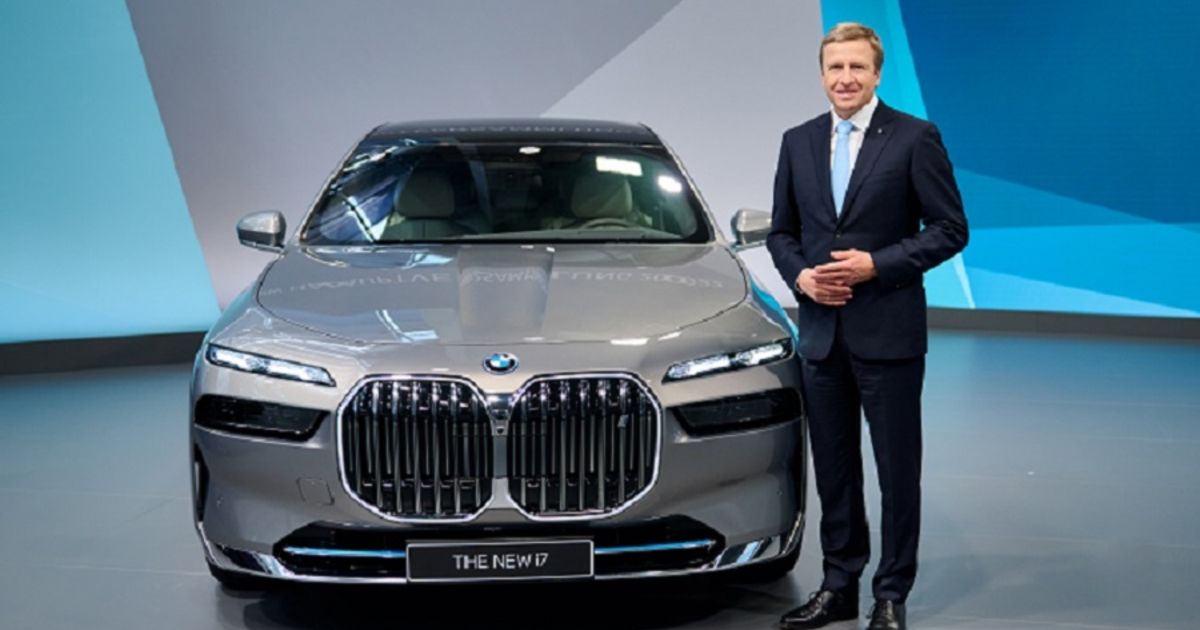
Demand for high-performance, high-sticker electric vehicles is white hot in the U.S.
Consider this: BMW’s flagship i7 electric sedan won’t arrive at U.S. stores until mid-November. But advance orders for the nearly $120,000 vehicle already account for more than half of next year’s U.S. allocations, BMW of North America sales boss Shaun Bugbee told Automotive News.
Meanwhile, demand for BMW electric models already on the market — the i4 compact sedan and iX midsize crossover — helped lift the brand’s third-quarter sales by 3.2 percent over the prior year. BMW has sold 6,900 EVs in the U.S. this year, including more than 4,300 in the third quarter.
Bugbee said BMW dealers have pre-sold the i4 M50 into the second quarter of next year.
“We see very strong demand for EVs,” Bugbee said. “Our gate is really our limitation on volume right now in terms of supply.”
BMW is betting on a fleet of battery-powered vehicles to defend its U.S. luxury segment crown from a surging Tesla. But the German marque’s three-year reign atop the segment’s sales chart appears to be over. Through the first nine months of this year, Tesla has a 112,050-vehicle lead over BMW, according to the Automotive News Research & Data Center.
Globally, BMW Group aims to sell 200,000 EVs this year — doubling the number it delivered in 2021. BMW Group said it expected at least one out of every two vehicles sold to be fully electric by 2030.
But achieving that will mean mastering factories’ ability to produce.
“We will push the company to the limits of production capability,” BMW CEO Oliver Zipse has said. “Demand will be surging.”
BMW’s sprawling assembly plant near Spartanburg, S.C., its largest production hub in the world, will play a vital role in the automaker’s ambitions to be an EV leader.
According to AutoForecast Solutions, U.S. production of the battery-powered iX5 crossover should start in late 2026, followed by the iX7 a year later.
But in the present, the 7 million-square-foot factory is powering BMW’s U.S. sales, pumping out high-volume, high-margin utility vehicles.
Light trucks accounted for more than two-thirds of the 78,031 vehicles BMW sold in the third quarter. Crossover sales grew 19 percent in the quarter.
Increased allocation of crossovers from Spartanburg meant dealers had product to meet strong demand.
“We utilized our home field advantage,” Bugbee said.
BMW dealers turned about 75 percent of available inventory and ended the quarter with only a 10-day supply.
For the fourth quarter, Bugbee forecasts “close to double-digit” year-over-year growth as new products, such as the redesigned 7 Series sedan and X1 crossover, arrive.
“Our inventory position will improve for Q4,” he said.
But the executive doesn’t yet envision an end to the parts supply shortages that have bedeviled the industry since the pandemic’s start.
“It’s a little bit too early to talk about 2023 as it relates to availability,” Bugbee said. “I would expect it to continue to improve, but it’s coming from a low bar.”